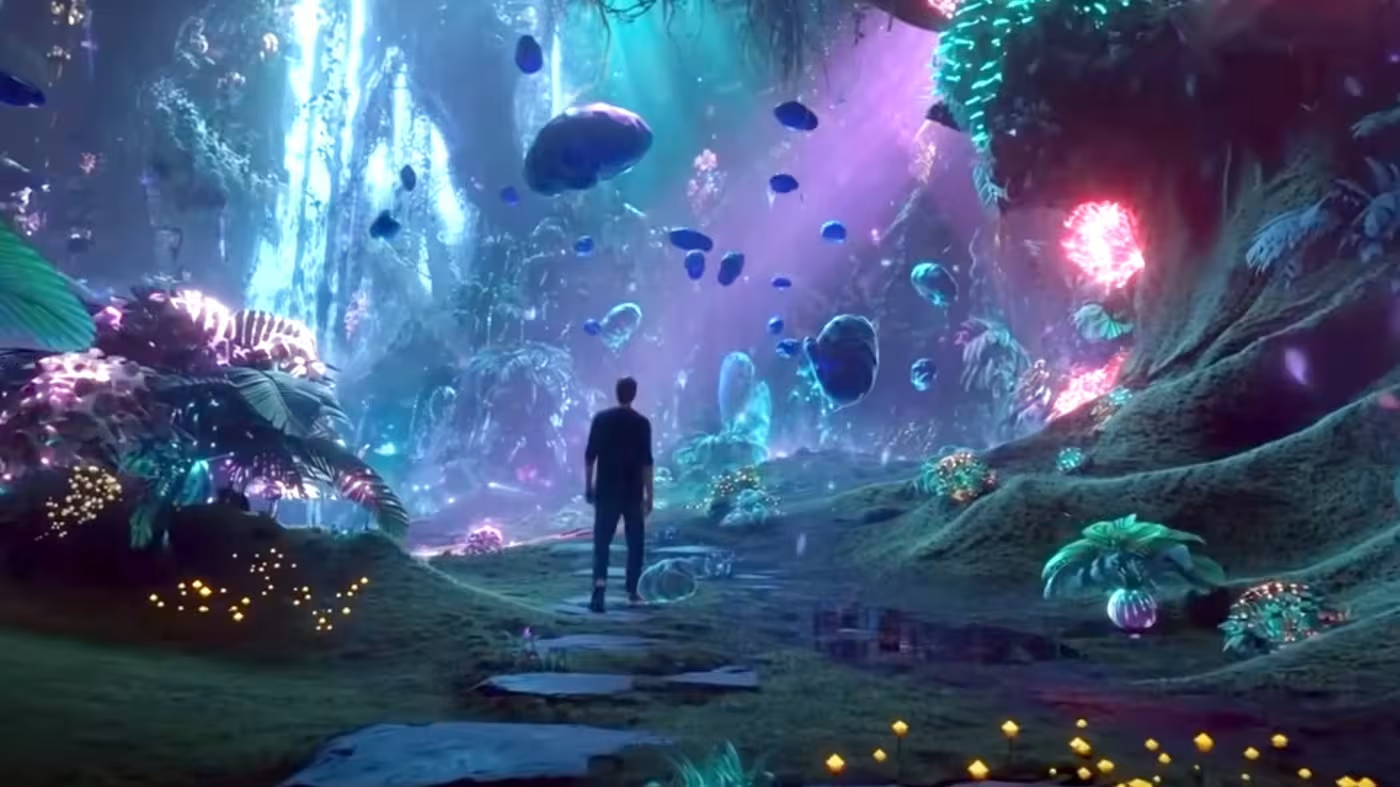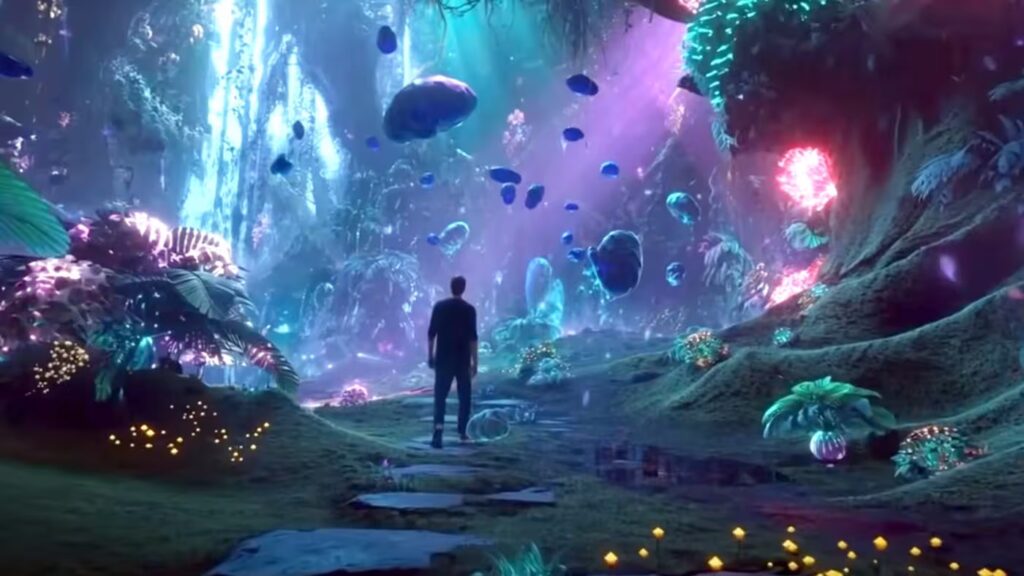
A new period of experimentation in apps has arrived to expand the user experience beyond chatbots

A new period of experimentation in AI apps has arrived. In the nearly three years since the launch of ChatGPT, chatbots have been the beginning and end of most people’s experience of generative AI.
But while ChatGPT itself has become one of the fast-growing consumer internet services ever, the companies leading the AI charge hope chatbots don’t represent the last word in the technology.
OpenAI and others are instead starting to experiment with different ways to put their hugely expensive AI models to work, searching for new “killer apps” that apply the technology in ways that become indispensable in their users’ lives.
One of the biggest questions: whether this will lead to an entirely new generation of apps that are built around AI from the ground up, or whether most people will experience artificial intelligence more in the form of new features added to the apps that they already use.
An early test of this looks set to be in short-form video, the market dominated by TikTok. OpenAI this week unveiled an attempt to build a social network based on AI-generated video. Known as Sora, the app lets people insert themselves (and, with permission, their friends) into AI-generated videos. In a clear declaration of its ambition, it claimed that Sora “may be the GPT-3.5 moment for video” — a reference to the large language model that touched off the ChatGPT revolution.
This comes shortly after YouTube added AI features to the short videos on its own service, while Meta last week launched a feed made up solely of AI-generated videos created by its users.
This is not OpenAI’s only bid to carve out a new service. Last week it released ChatGPT Pulse, which tries to anticipate a user’s information needs and, unprompted, serve up a selection of useful information once a day. The idea is not new: Google attempted something similar more than a decade ago. The question is whether technology has advanced to a point where an old idea like this can finally be made to work.
OpenAI’s growing seriousness about becoming a consumer app company was underlined earlier this year by its hiring of a former head of Meta’s Facebook service Fidji Simo. Meta has become a formidable fast-follower, buying and copying ideas pioneered by others. At OpenAI, by contrast, Simo will have to come up with entirely new ideas, adapting AI into services that millions of users will find indispensable.
One of the company’s most intriguing moves this week has been to lay claim to the social networking turf that Meta has been retreating from. Chief executive Mark Zuckerberg said earlier this year that only 20 per cent of the content people see on Facebook, and 10 per cent on Instagram, is from their friends.
OpenAI, by contrast, claimed that its video app will engender new forms of community behaviour, “at a time when all major platforms are moving away from the social graph.” After the novelty of running around an imagined landscape with a friend wears off, however, it might be a stretch to see this as an important and lasting change to online social interaction.
Unspoken in much of this, but never far below the surface, is how the AI apps will make money. In a clear bid to distance itself from one of the biggest criticisms of social networks — that their dependence on advertising makes them prioritise engagement above all, sometimes to the detriment of users — OpenAI promised it was “not optimizing for time spent in feed”, and that its “only current plan” to make money was to charge users for creating extra videos.
It will be hard to compete in mass consumer internet markets with advertising giants Google and Meta, however, without offering people the same sort of “free” services as its rivals.
Chief executive Sam Altman has at times appeared deeply uncomfortable with the idea of advertising, telling an interviewer earlier this year that it “fundamentally misalign[s] a user’s incentives with the company providing the service.”
That, of course, is a close echo of the Google founders, who wrote back in 1998 that advertising might lead search engines to become biased. Sergey Brin and Larry Page nonetheless went on to create the world’s most powerful advertising platform. It’s hard to see how Altman, in search of ways to finance his company’s hugely ambitious capital spending plans, will be able to resist the pressure to try something similar.
Source: https://www.ft.com/content/8d2dde0c-d69d-4d05-bbe2-fd6357609f9c